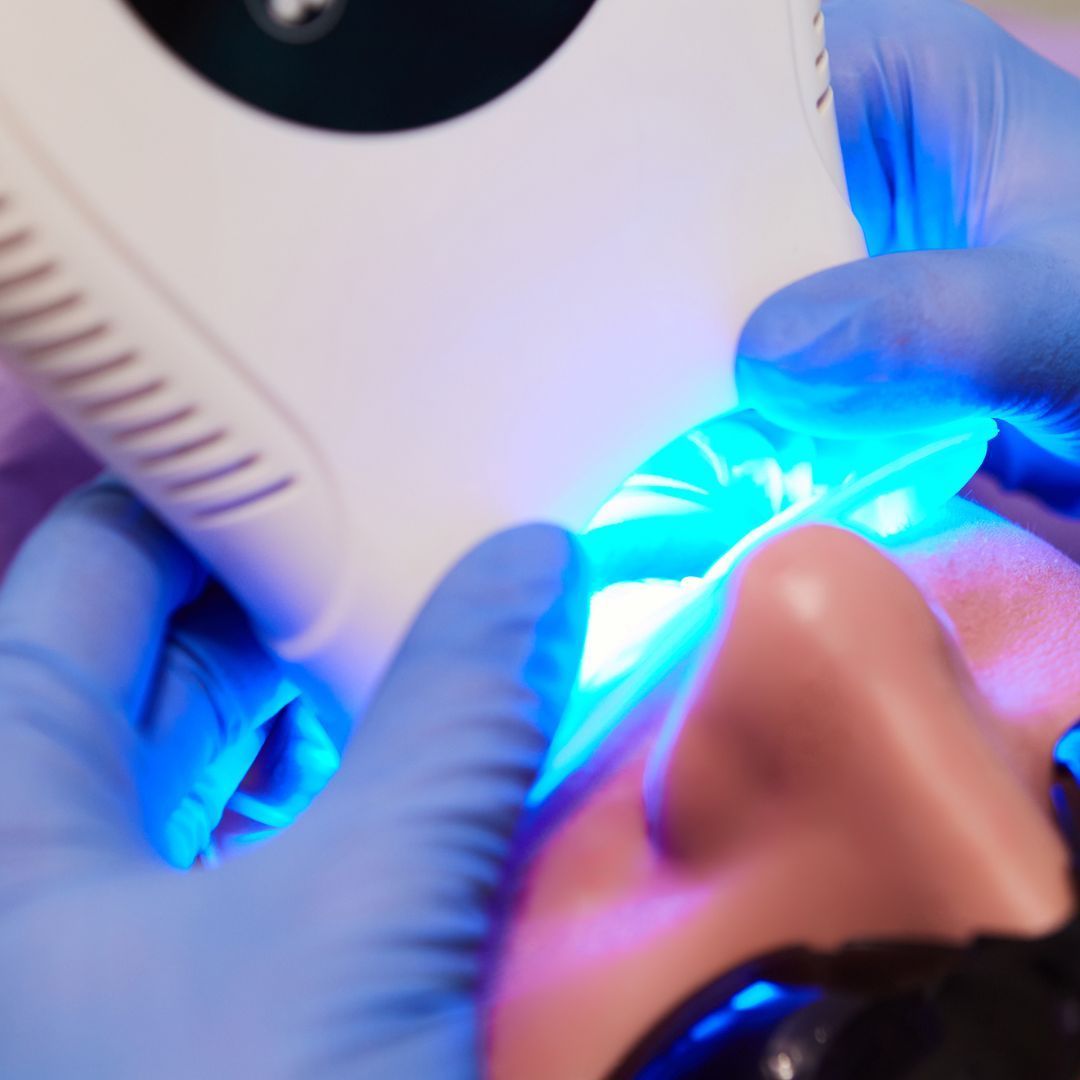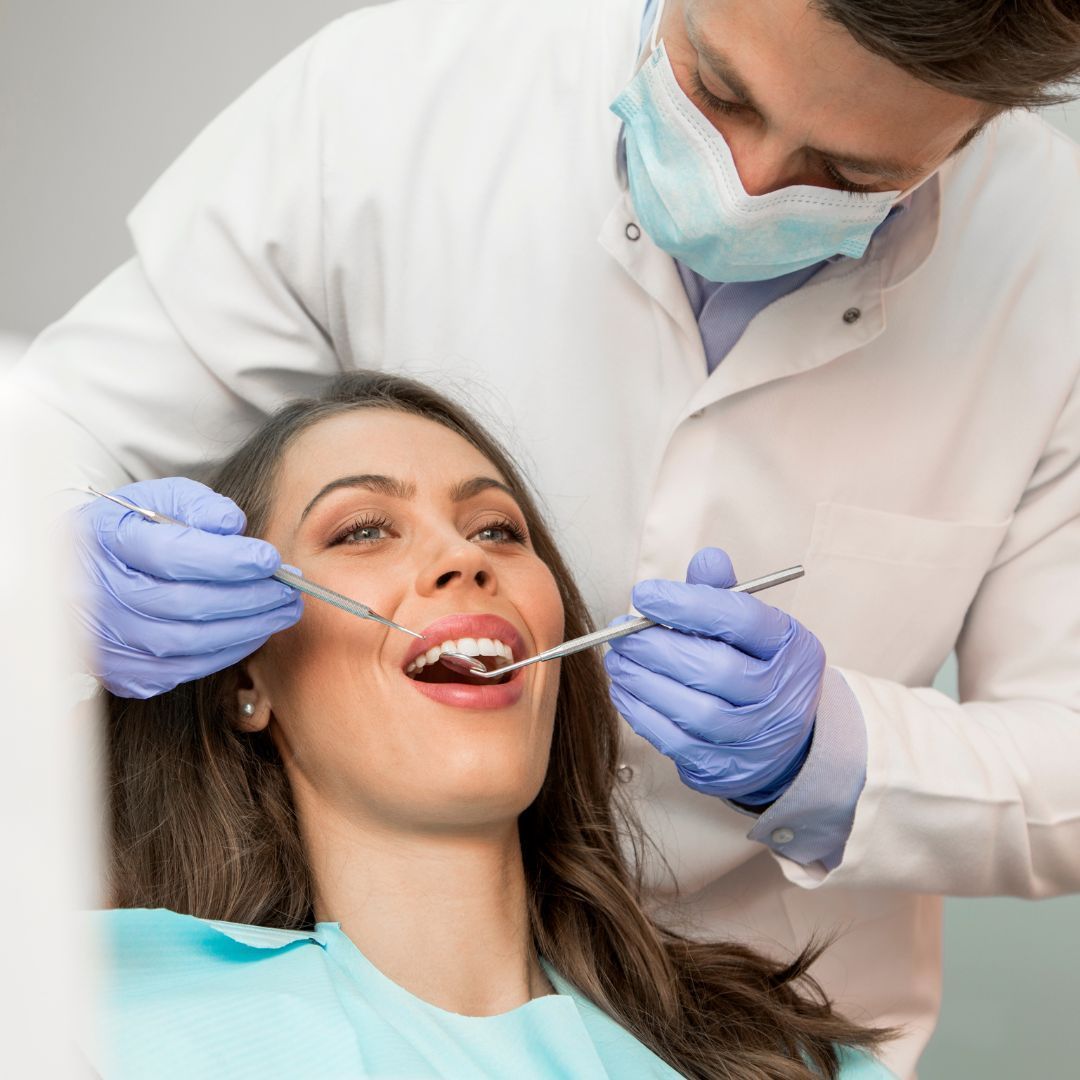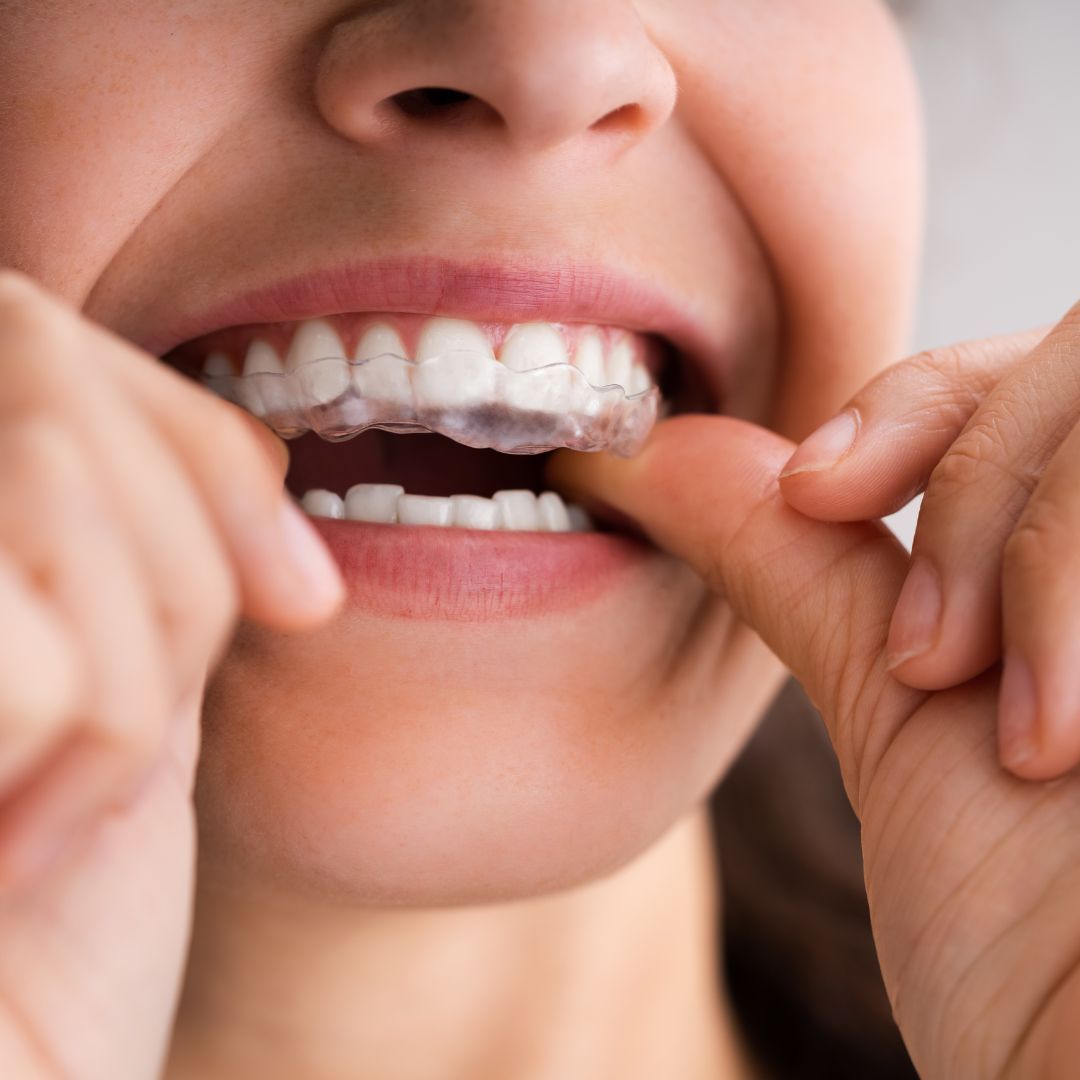Laser Dentistry – A Look at Its Applications and Advantages
Laser dentistry is an advanced technology used in dental practices today to treat many common dental issues. Lasers have been used in dentistry since the early 1990s, and with the improvements of laser technology, the applications are becoming more versatile. In this blog post, we will explore the benefits and applications of laser dentistry with Dentistry Consilium.
What is Laser Dentistry?
Laser dentistry is a form of dentistry that uses lasers instead of conventional tools such as drills and scalpels. Lasers can be used for various treatments and procedures including cavity removal, gum reshaping, tooth whitening, lesion treatment, and root canal therapy. The use of lasers eliminates the need for manual instrumentation or anesthesia in some cases. Additionally, lasers are more precise than traditional instruments which results in less damage to surrounding tissues and less recovery time.
Advantages of Laser Dentistry
There are many advantages to using lasers instead of traditional instruments in treating dental problems. Some of these include:
• Less pain: Lasers cause minimal discomfort during treatments as they cauterize while they cut or remove tissue which decreases bleeding and swelling. They also seal nerve endings so there is often no need for local anesthetic injections as well as diminishing any potential after-effects such as sensitivity caused by traditional instruments.
• Reduced risk of infection: The intense heat from the laser helps kill bacteria on contact during treatment which reduces the chance of infection from occurring afterward. Additionally, because there is less disruption to surrounding tissues due to its precision cutting abilities, infected areas can be treated without disturbing healthy tissue making it easier to treat infections without damaging other areas around it.
• Quicker healing times: As mentioned earlier, laser treatments seal nerve endings quickly so there is often no need for local anesthetic injections before treatment resulting in quicker healing times after treatment has been completed due to reduced inflammation and bleeding. Additionally due to its precision cutting ability it minimizes trauma to surrounding tissues meaning that damaged areas can heal faster than when a conventional instrument had been used instead.
• More accurate diagnosis: Due to its highly focused beam, lasers allow dentists to diagnose oral problems more accurately which enables them to target specific areas that may require treatment rather than guessing where future problems may develop like what happens when traditional instruments are used instead. They also help detect hidden cavities below fillings or other structures that cannot be seen with a regular visual examination alone by providing thermal imaging which helps locate problematic areas long before they become visible on X-rays or clinical exams if left untreated for too long.
Laser dentistry offers many advantages over traditional instruments with its accurate diagnosis capabilities, reduced risk of infection, less pain during procedures and quicker healing times afterwards. If you’d like more information about laser dentistry, then feel free contact us at Dentistry Consilium for more details!




Leave a Reply
Want to join the discussion?Feel free to contribute!